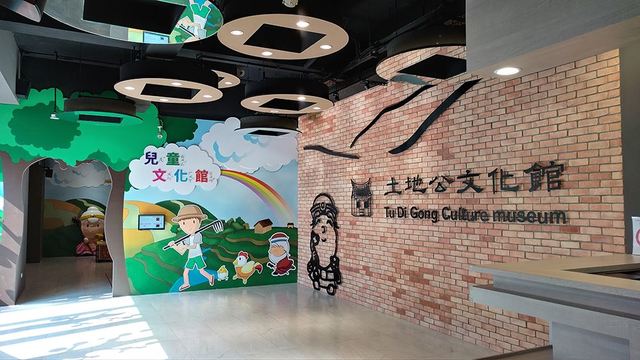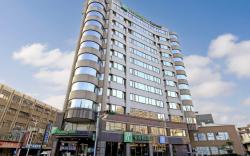Taoyuan City Land God Cultural Museum Introduction
Reservation Tour Instructions >> https://www.taoyuantudigong.org.tw/main/ In Taoyuan District, there are more than 7 Land God temples for every square kilometer, making it the area with the highest density in the nation. To promote the culture of Land God worship, the first public temple in Taoyuan City, Fude Temple, is located on the first floor; its splendid shrine, exquisite painted beams, and powerful stone carvings showcase the temple’s magnificent demeanor. Fude Temple, as the first public temple in Taoyuan City, does not accept donations from devotees and does not encourage burning joss paper or incense, responding to environmental protection initiatives. The exhibition spaces on the 2nd and 3rd floors display numerous deities, allowing the public to closely observe the magnificent artistry of the statues. Additionally, there are abundant literary resources and vivid simulation scenarios, such as puppet show stages, glove puppet sheds, and market stalls, enabling the public to understand Taoyuan's history, Taiwanese sentiments towards this land, temple culture, and the diverse beliefs surrounding the Land God globally. The museum provides free traditional costumes and glove puppets, allowing the public to experience the fun of becoming a performer or puppeteer. The Children's Cultural Center on the 2nd floor combines multimedia interactive games, allowing children to easily learn about the early life of common people in Taiwan and Land God culture. Additionally, the "Yi Tao Qu Cultural and Creative Base," with several resident artists, serves not only as a platform for creator exchanges but also regularly hosts puppet shows, storytelling theaters, craft courses, and various parent-child classes. The 4th, 5th, and 6th floors are planned as citizen art galleries, creating a feast of arts and culture for visitors through various forms of static exhibitions and multimedia appreciation. (Image source: Taoyuan City Cultural Foundation)







































